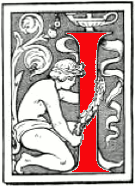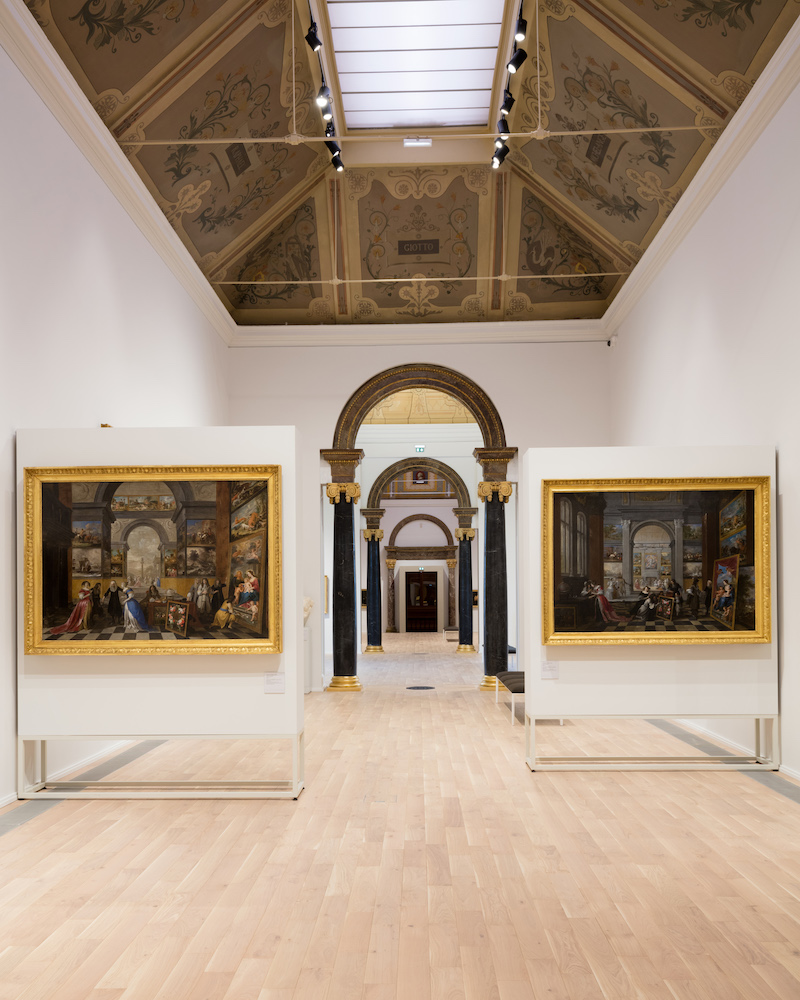The images here are all from the exhibition press pack. Please click on them for more information about them (except in the case of the museum interior), and larger images. — JB

In May 2016, the flood of the river Loing seriously damaged the Musée Girodet, the Musée des Beaux-Arts in Montargis, which was in the process of being enlarged and refurbished, its collections being then stored in a room that was supposed to be watertight. A rapid response was organised to save the works, which then had to be cleaned. Canvasses were sponged down, a relatively simple operation compared to the treatment required for plaster casts, terracottas and drawings. The restoration of the works is still going on, but is now almost finished for the paintings, and halfway through for the sculptures. Nevertheless, the museum reopened in December 2018, allowing visitors to admire works by Zurbaran, Solimena and Géricault, as well as a room devoted to Girodet, born in Montargis in 1767.


Left: Interior view of the museum. Right: Triqueti's medallion bust of his master, the Romantic artist Girodet. © Musée Girodet
In December 2022, a new room opened to the public to celebrate another artist born in the Loiret region, who was also the subject of an exhibition: Henry de Triqueti (1803-1874). This sculptor, now little known to the general public, was very popular in his day, especially with the royals, and not only in France. While the Musée des Beaux-Arts in Orléans has a fine display of statuettes by Triqueti in its nineteenth-century galleries, the Musée Girodet holds the artist's entire studio collection. It should be pointed out that the sculptor was closely involved in the very creation of this institution: in the 1860s, he supervised the construction of the building, which for a long time housed the museum and Montargis town hall under the same roof – the marriage hall has been preserved and is still used to celebrate civil unions. The upstairs gallery, with its zenithal lighting, was designed by Triqueti. And when the artist died, his daughter Blanche bequeathed to the town all the works which remained in his studio.
A pupil of the portraitist Louis Hersent, the young Baron de Triqueti initially contemplated a career as a painter. The Musée de Montargis has his only known painting: Valentine of Milan asking Charles VI to avenge the murder of the Duc d'Orléans. Exhibited at the Salon of 1833, it is clearly part of the troubadour movement, the very first work in this style, painted by Fleury Richard in 1802, being entitled Valentine of Milan mourning the death of her husband. As the said husband was Louis I of Orléans, this painting could not fail to be singled out by Louis-Philippe, who acquired it for his private collection. Shortly afterwards, however, Triqueti decided to become exclusively a sculptor.

An example of Triqueti's landscape art: Fontainebleau, by Baron Henri de Triqueti (1803-74). © Musée Girodet.
This interest on the part of the reigning family was to be confirmed ten years later with the commission for the tomb of Ferdinand-Philippe d'Orléans, who died in a carriage accident in July 1842. The Musée Girodet holds the original plaster cast of the recumbent statue. And it was probably the success of this sculpture that would earn him, twenty years later, a most prestigious commission: the cenotaph of Prince Albert in Windsor; a plaster cast of the Prince Consort’s recumbent statue can also be seen in Montargis. After the 2016 flood, these two great works were meticulously cleaned and restored, and are now finally returned to the public.
Around the middle of the century, Triqueti also produced the bronze doors for the church of La Madeleine in Paris, modelled on the doors of the baptistery in Florence, and he reinvented a technique that had fallen into disuse since the Renaissance, a form of engraved marble marquetry known as intarsia or, as the artist apparently preferred to call it, tarsia. This is the process he used to decorate the memorial chapel at Windsor, and which he applied on numerous occasions to French and English projects, the latter being more often successful.
In addition to these plaster casts, terracottas and marbles, the Musée Girodet owns a collection of drawings by Triqueti, which have recently been restored; some thirty of them were on display on the ground floor. These sheets show his talent as a draughtsman, reveal ideas for decors which never came to fruition, and underline the originality of an aesthetic whose classicism is happily spiced up with archaism.



Examples of Triqueti's drawings. Left to right: (a) The Queen of Sheba. (b) Study of a dalmatic (wide-sleeved ecclesiastical robe). (c) Fontainebleau. All © Musée Girodet
In 1844, architect Visconti, who was counting on Triqueti to decorate Napoleon's tomb at the Invalides, sent him to Italy to learn about the technique of marble marquetry. Having met Prince Albert in 1848 during a stay in Pau, during which he converted to Protestantism, Triqueti competed in particular for the renovation of the choir of St Paul's Cathedral in London, drawing up four studies for tarsias combining black marble for the backgrounds, white marble for the naked parts of the body and orange-brown marble for the clothes, in friezes evoking Greek vases for their colours and Renaissance allegories for their forms.

The Three Virtues. c. 1860. Ink, pen, wash, white chalk, white ink on paper adhering to stronger paper. 18.5 x 43 cm © Musée Girodet / François Lauginie.
In the 1860s, he designed a large Marmor Homericum for University College London, honouring the author of the Iliad and the Odyssey; it was also to Homer that his final tarsia should have been dedicated, in 1872: the Musée de Montargis conserves a stunning life-size preparatory drawing, in addition to the marbles that had been assembled but not yet engraved. Nearly two and a half metres high, Homer at the Hippocrene spring looks like a mix between Ingres and Gustave Moreau.


Left: Homer at the Hippocrene spring. January 1872. Black chalk, sanguine with white highlight, watercolour, on paper laid down on canvas. 237.5 x 145 cm © Musée Girodet / François Lauginie. Right: Daniel among the lions, preliminary drawing for the St George's Chapel tarsia series. © Musée Girodet
The museum also owns several large drawings for the marbles in the Albert Memorial Chapel in St George's Chapel, Windsor, in which Triqueti borrowed details of clothing or hairstyle from Egyptian or Assyrian art: Daniel Among the Lions Rises at the Call of King Darius, The Study of Hebrew, The Study of Music, The Queen of Sheba, and various drapery and composition studies for the sculpted Resurrection altarpiece. This is a good opportunity to remember an artist who was too quickly forgotten in his native country, and whose finest work is to be found across the Channel, since France never gave Triqueti the opportunity to display all the facets of his talent.
Created 6 July 2023